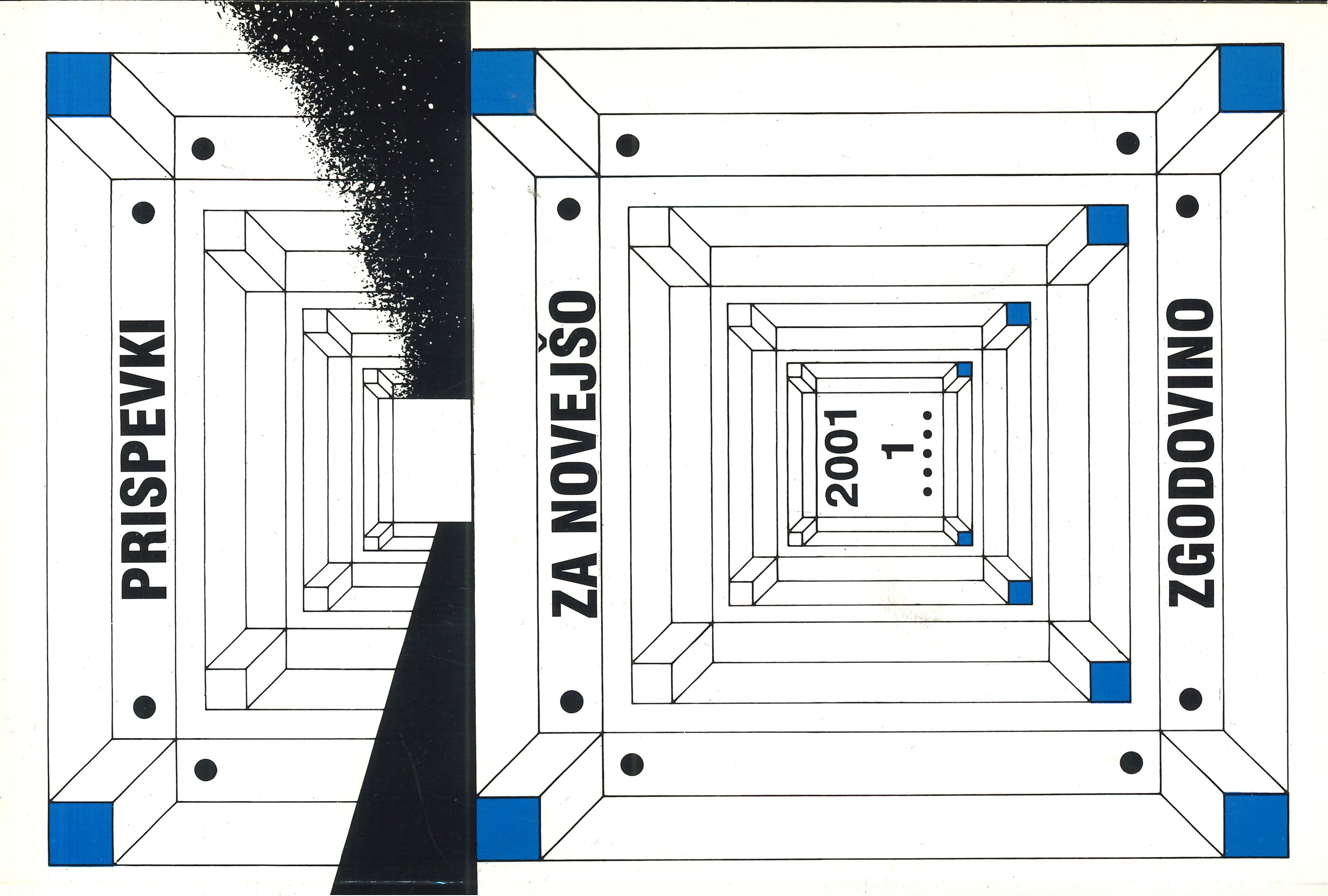Okupacija in narodnoosvobodilni boj na zgornjem Gorenjskem
Ključne besede:
2. svetovna vojna, Slovenija, Gorenjska, okupacija, odporništvo, narodnoosvobodilni bojPovzetek
Avtor z uporabo arhivskega gradiva predstavlja okupacijo in odpor proti njej v severozahodnemu delu Slovenije (Jesenice). Po nemški zasedbi leta 1941, nasilnemu ponemčevanju in prilagoditve uprave nacistični ureditvi, je bil odpor v Osvobodilno fronto organiziranega slovenskega pribivalstva in oboroženi partizanski boj zelo težak, saj je okupator krepil zasedbene policijske in vojaške enote, da bi nemoteno delovali pomembni gospodarski obrati (železarna na Jesenicah) in železniški progi iz Koroške proti Ljubljani in Gorici. Odporniška organizacija in partizanske enote so dosegle ravnovesje moči z zasedbeno upravo in nemškimi enotami šele leta 1943. Od tedaj do konca vojne je odporniška organizacija postopoma omejila okupatorjeva oblast le na mesta, industrijske kraje in komunikacije, saj za boj proti narodnoosvobodilnemu gibanju okupator ni dobil številčnejše opore v domačem prebivalstvu.
Prenosi
Objavljeno
Številka
Rubrika
Licenca
Avtorji prispevkov, objavljenih v tej reviji, soglašajo z naslednjimi pogoji glede avtorskih pravic:
- Avtorji ohranijo avtorske pravice, reviji pa odobrijo pravico do prve objave. Delo se hkrati zaščiti z licenco za prosto uporabo avtorskih del (Creative Commons Attribution License), ki drugim osebam omogoča deljenje dela ob priznanju avtorstva in prve objave v tej reviji.
- Avtorji lahko sklenejo ločene dodatne pogodbene dogovore za neizključno distribucijo različice dela, objavljene v reviji, (npr. oddaja v institucionalni repozitorij ali objava v knjigi) z navedbo, da je bilo delo prvič objavljeno v tej reviji.
- Pred postopkom pošiljanja in med njim lahko avtorji delo objavijo v spletu (npr. v institucionalnih repozitorijih ali na svoji spletnih strani), k čemer jih tudi spodbujamo, saj lahko to prispeva k plodnim izmenjavam ter hitrejšemu in obsežnejšemu navajanju objavljenega dela (glej The Effect of Open Access).


